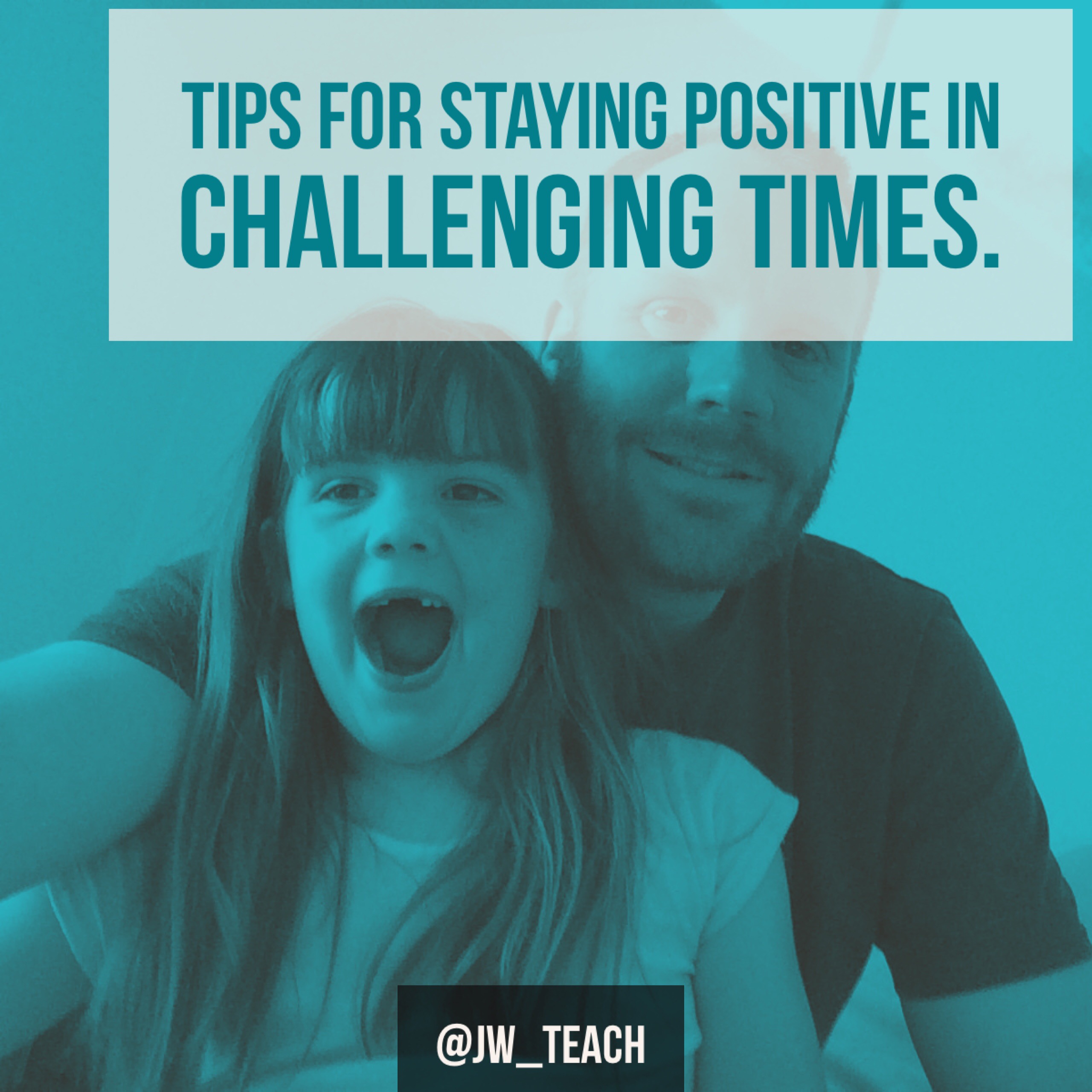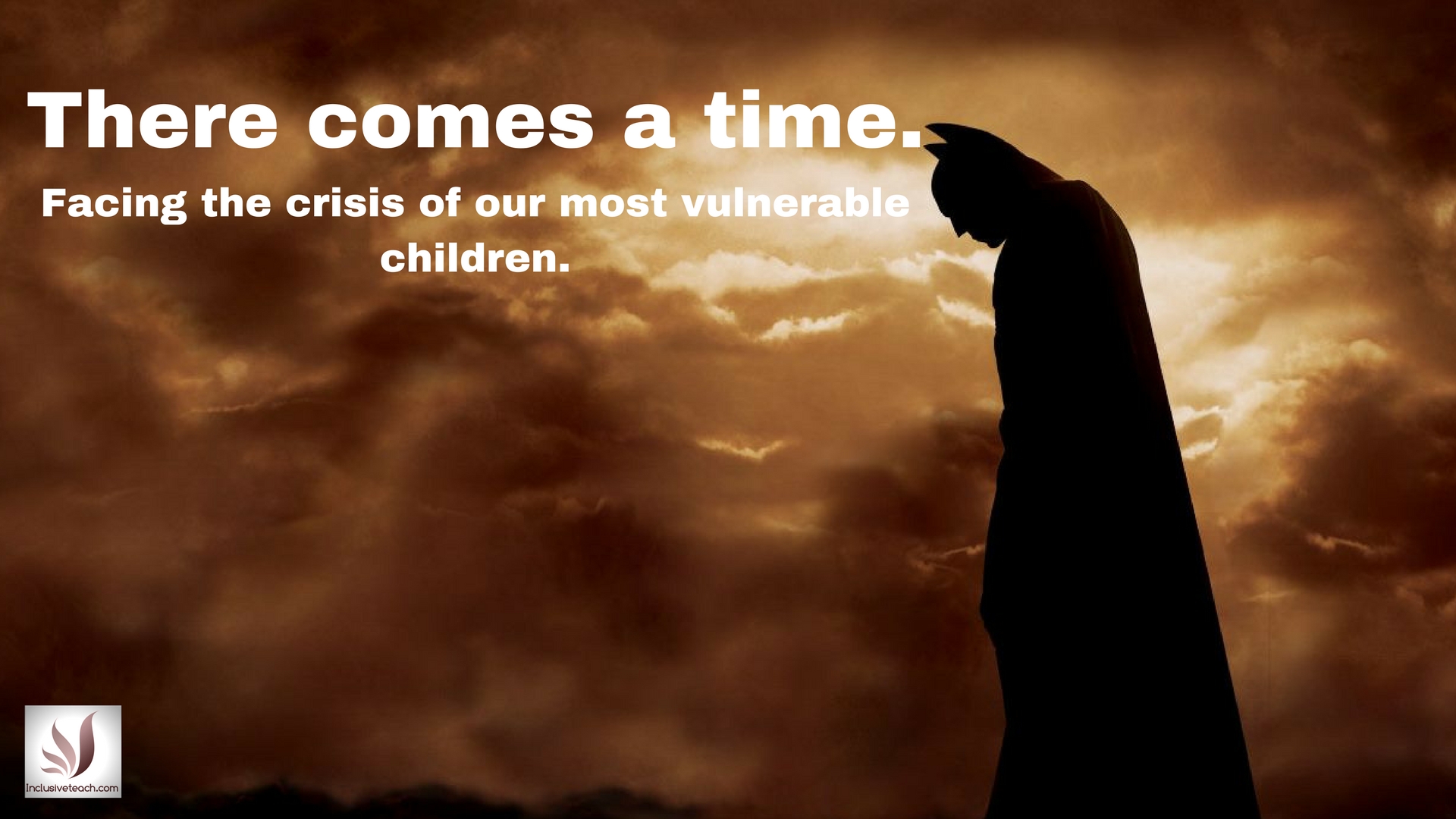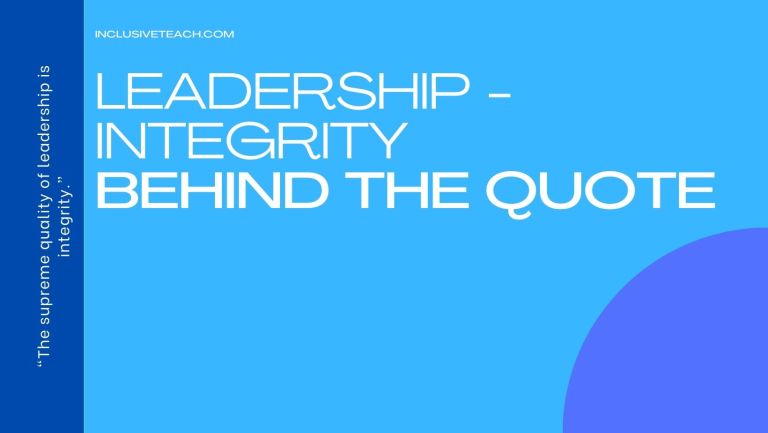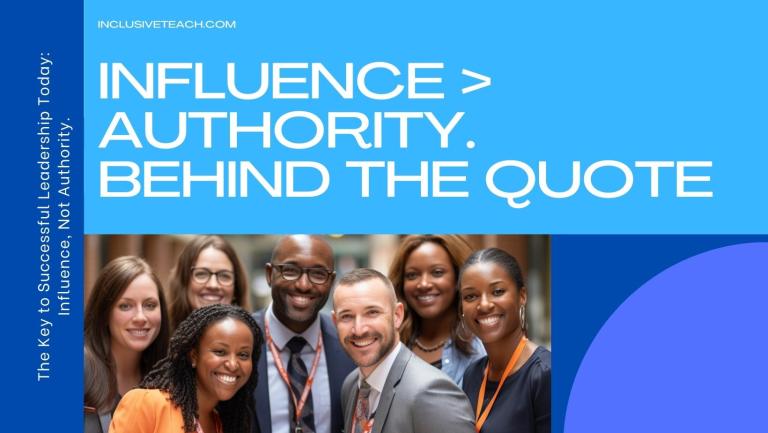Inclusive Drama Activities For SEN
Inclusive drama activities are those that involve and engage students with special educational needs (SEN) in creative and collaborative ways. Some we have included 8 examples of inclusive drama activities for SEN pupils (UK) and a link to a free sample of 101 Drama Games Book which will give you 20 more.
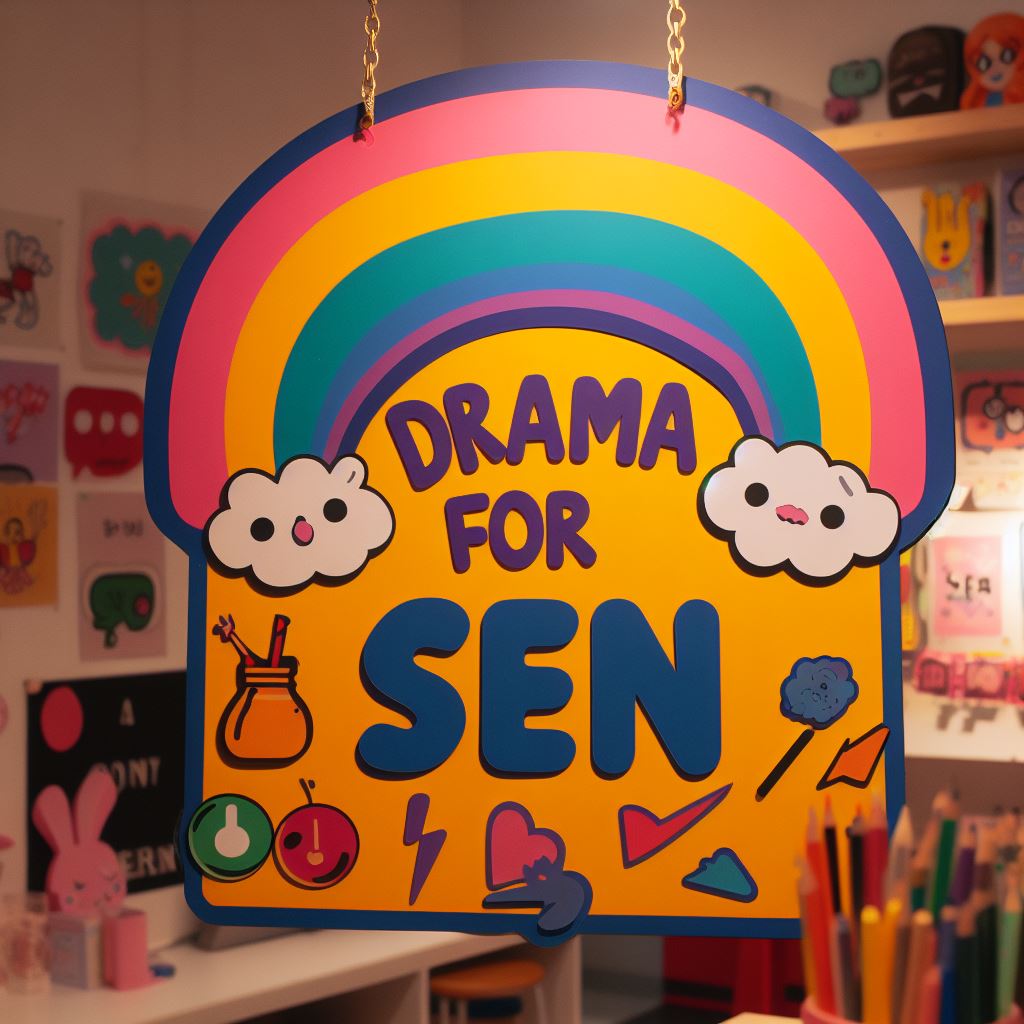
Adapting a Drama Activity for SEN
Adapting a drama activity to different abilities can be done by following some general principles, such as:
- Identify the unique needs of each student: You can meet with your students or their families to discuss their goals, preferences, and challenges. You can also observe their strengths and areas of improvement during the drama sessions.
- Use proper language: You can use respectful and inclusive language when referring to your students and their special needs. You can also ask them what terms they prefer to use, and avoid negative or ableist words.
- Provide a variety of props and toys: You can collect and organise different items that can facilitate pretend play, such as objects with large grips, easy-to-wear costumes, or puppets. You can also let your students choose what they want to use or make their own props.
- Use activities that suit different levels: You can choose drama techniques that can be adapted to different abilities and interests, such as role play, soundscapes, tableaux, mime, hot seating, narration, or forum theatre. You can also provide prompts, scripts, or choices for your students.
- Use mixed-ability pairs or groups: You can pair or group your students in a way that allows them to help, support, and learn from each other. You can also assign roles that are equally valued but unevenly weighted, such as questioner and answerer, narrator and actor, or leader and follower.
These are some of the ways you can adapt a drama activity to different abilities. You can find more tips and examples on the websites of Theatrefolk, Innovate My School, How to Adult, and Arts On The Move.
8 Inclusive drama activities and adaptations for SEN pupils
- Mime: This is a technique where students use only their body movements and facial expressions to convey a message, action, or character. Mime can help students develop physical skills, creativity, and non-verbal communication. It can also be used to explore different situations, emotions, or themes. For example, students can mime different occupations, animals, or feelings.
- Hot seating: This is a technique where one student takes on the role of a character and answers questions from the rest of the group. Hot seating can help students deepen their understanding of a character, their motives, and their relationships. It can also be used to encourage empathy, curiosity, and critical thinking. For example, students can hot seat characters from a play, a historical figure, or a fictional character.
- Narration: This is a technique where one or more students provide a commentary or a story to accompany the actions of other students. Narration can help students develop their literacy, vocabulary, and storytelling skills. It can also be used to support students who find it difficult to speak or act in front of others. For example, students can narrate a fairy tale, a news report, or a personal experience. For non-verbal learners use a pre-recorded message or sound effect on a big mack.
- Puppets: This is a technique where students use puppets to represent characters, animals, or objects. Puppets can help students express their emotions, opinions, and ideas in a playful and safe way. They can also be used to stimulate imagination, creativity, and humour. For example, students can make their own puppets, use existing puppets, or improvise with everyday items.
- Forum theatre: This is a technique where students perform a scene that involves a problem or a conflict, and then invite the audience to suggest or demonstrate different solutions. Forum theatre can help students explore different perspectives, values, and choices. It can also be used to promote social awareness, dialogue, and action. For example, students can perform scenes about bullying, peer pressure, or discrimination.
- Role play: This is a technique where students act out different scenarios or characters, using props, costumes, or dialogue. Role play can help students develop social skills, empathy, and self-expression. It can also be adapted to different levels of ability and interest, by providing prompts, scripts, or choices for the students. For example, students can role play scenes from a story they are studying, or create their own scenarios based on a theme or topic.
- Soundscapes: This is a technique where students create sounds using their voices, bodies, or objects to represent a place, mood, or event. Soundscapes can help students explore their senses, imagination, and communication skills. They can also be used to enhance storytelling, drama, or poetry. For example, students can create soundscapes for different settings in a play, or for different emotions or feelings.
- Tableaux: This is a technique where students create still images or freeze frames with their bodies to show a moment, idea, or concept. Tableaux can help students express their thoughts, opinions, and emotions in a non-verbal way. They can also be used to analyse, summarise, or compare different texts, themes, or issues. For example, students can create tableaux for key events in a story, or for different perspectives on a topic.
Evaluating The Effectiveness of Inclusive Drama Lessons
Evaluating the effectiveness of an inclusive drama activity can be done by using various methods, such as:
Observation
You can observe how the students participate, interact, and respond during and after the drama activity. You can look for indicators of engagement, enjoyment, learning, and inclusion, such as:
- How often and how long do the students speak, act, or contribute to the drama?
- How do the students collaborate, communicate, and support each other in the drama?
- How do the students express their emotions, opinions, and ideas in the drama?
- How do the students reflect on their own and others’ experiences, perspectives, and values in the drama?
- How do the students demonstrate their understanding of the drama topic, theme, or issue?
- How do the students apply their drama skills and knowledge to other contexts or situations?
Feedback
You can ask the students to give feedback on the drama activity, either verbally or in writing. You can use open-ended questions, surveys, or rubrics to elicit their feedback. You can ask them questions such as:
- What did you like or dislike about the drama activity?
- What did you learn or discover from the drama activity?
- How did the drama activity make you feel or think?
- How did the drama activity help you to connect with others or yourself?
- How did the drama activity challenge or change your views or actions?
- How could the drama activity be improved or changed?
Evidence
You can collect evidence of the students’ learning and development from the drama activity, such as their work samples, performances, or reflections. You can use portfolios, journals, or videos to document their evidence. You can analyse their evidence by using criteria, standards, or outcomes to measure their achievement. You can look for evidence of:
- Their drama skills, such as voice, movement, expression, or improvisation
- Their drama knowledge, such as elements, techniques, or conventions
- Their drama understanding, such as concepts, themes, or issues
- Their drama application, such as creativity, critical thinking, or problem-solving
These are some of the ways you can evaluate the effectiveness of an inclusive drama activity. You can find more information and examples on the websites of Teacher Magazine, Heart-Mind Online, and Teacher Academy.
Recommend Books and Reding on Inclusive Drama Activities.
- 101 More Drama Games and Activities by David Farmer. This sequel to the best-selling 101 Drama Games and Activities contains inspirational and engaging games and exercises suitable for children, young people and adults. The activities can be used in drama lessons and workshops or during rehearsal and devising periods.
- Drama for the Inclusive Classroom: Activities to Support Curriculum and Social-Emotional Learning* by Sally Bailey. This book provides detailed and easy-to-implement chapters on using drama to develop critical listening and communication skills, conflict resolution abilities, behavior regulation, and more. It also features adaptable activities to include students at every ability level.
- Drama Games – A Resource for Teachers by Trinity College London. This site contains a collection of drama games and exercises suitable for children, young people, and adults. It also provides tips on how to use the games for different purposes, such as warm-ups, icebreakers, skill development, or assessment. It also highlights games that are more inclusive of students with movement issues or social distancing needs.
I hope you find these books helpful and interesting.
*Indicates an Amazon affiliate link which supports our hosting costs.

